Discover the hidden gems of America’s natural and historical treasures! While many people flock to famous spots like the Grand Canyon or Yellowstone, there are plenty of incredible places waiting to be explored that don’t get as much attention. These special spots tell fascinating stories of the land and the people who lived there long before us. Join us on a journey to uncover these overlooked wonders, where adventure and discovery meet the quiet beauty of the lesser-known.
Hovenweep National Monument
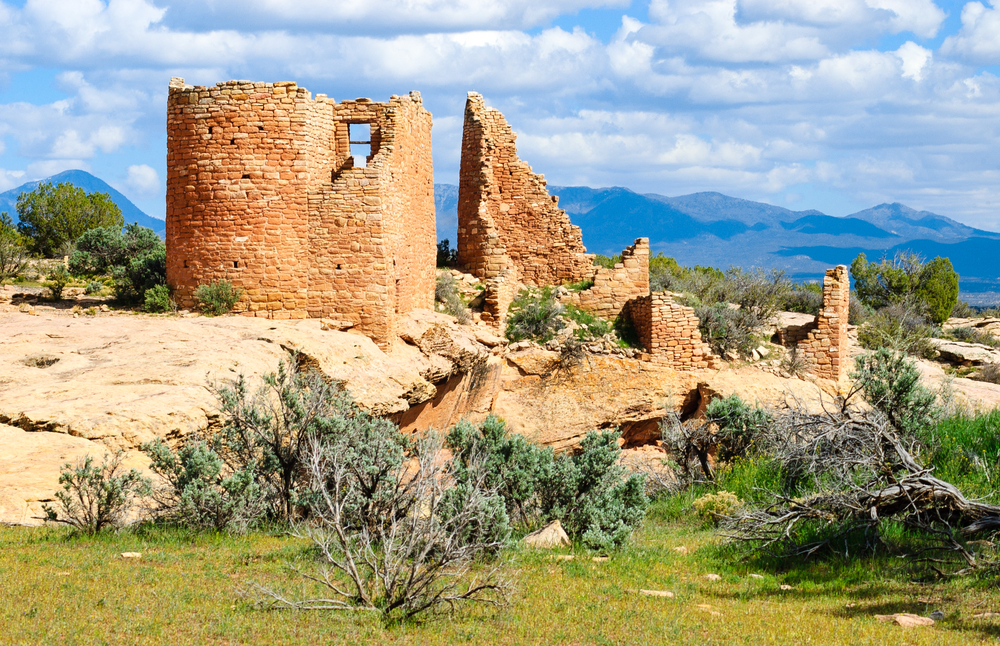
Located on the border between Utah and Colorado, Hovenweep is often overlooked due to its remote location and the proximity of more famous sites like Mesa Verde National Park. Its deep canyons and ancient Puebloan structures provide a glimpse into the lives of people who lived there over 700 years ago, yet its isolation and lack of large-scale tourist facilities keep it off the radar for most travelers.
Chiricahua National Monument
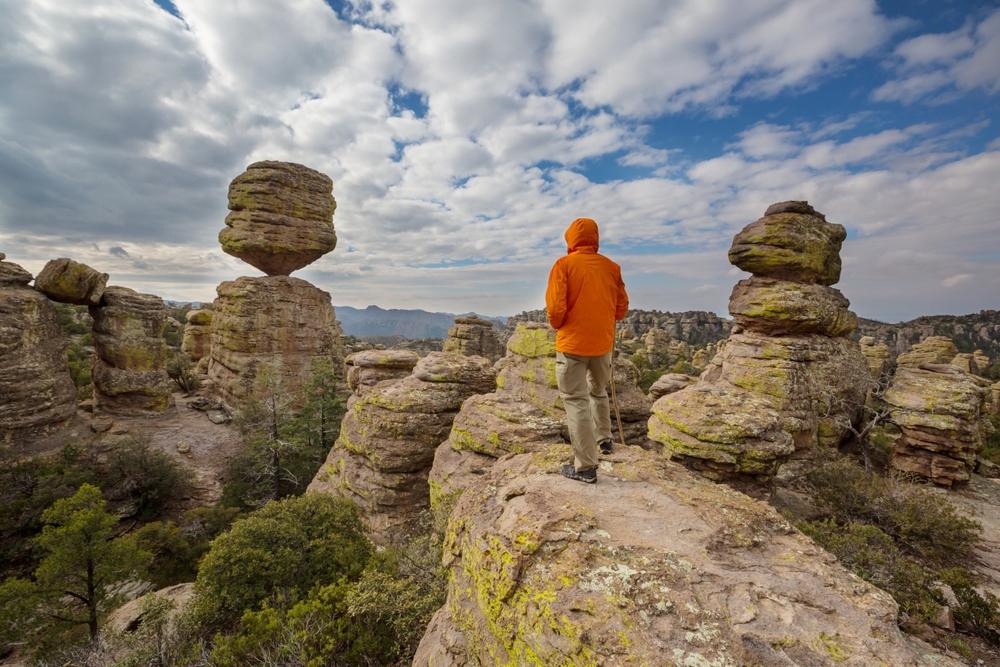
In southeastern Arizona, Chiricahua is known for its extensive volcanic rock formations. Despite its stunning landscape, it remains under the radar compared to more accessible Arizona attractions like the Grand Canyon. Its relative obscurity is often due to its location, far from major cities and popular tourist routes.
Colorado National Monument
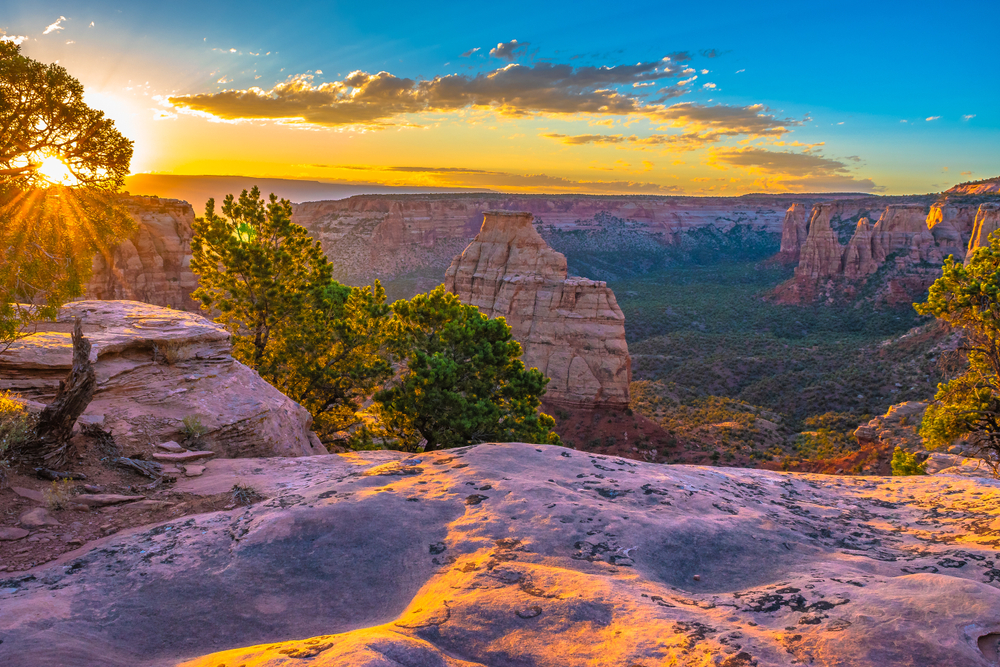
Although it offers dramatic landscapes of canyons and red rock formations near Grand Junction, Colorado, this monument is often overshadowed by nearby national parks like Arches and Canyonlands. Its modest size and the regional competition for visitors contribute to its lesser-known status.
Pipestone National Monument
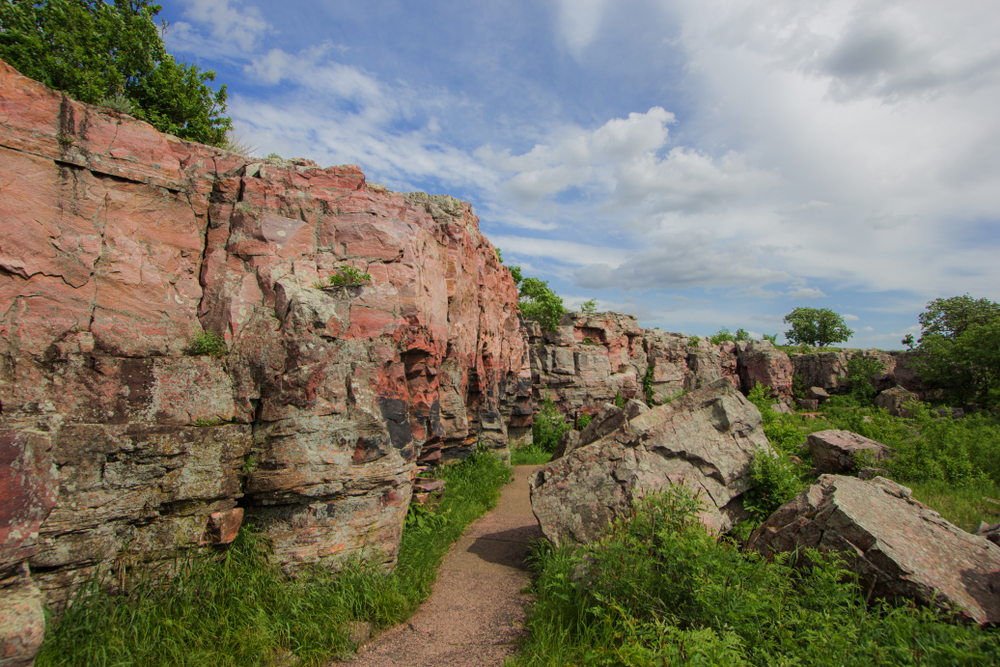
Situated in southwestern Minnesota, this site is significant for its quarries of red pipestone used by Native Americans. Its overlooked status can be attributed to its geographic location, far from the typical tourist trails, and the specialized nature of its cultural significance.
Sunset Crater Volcano National Monument
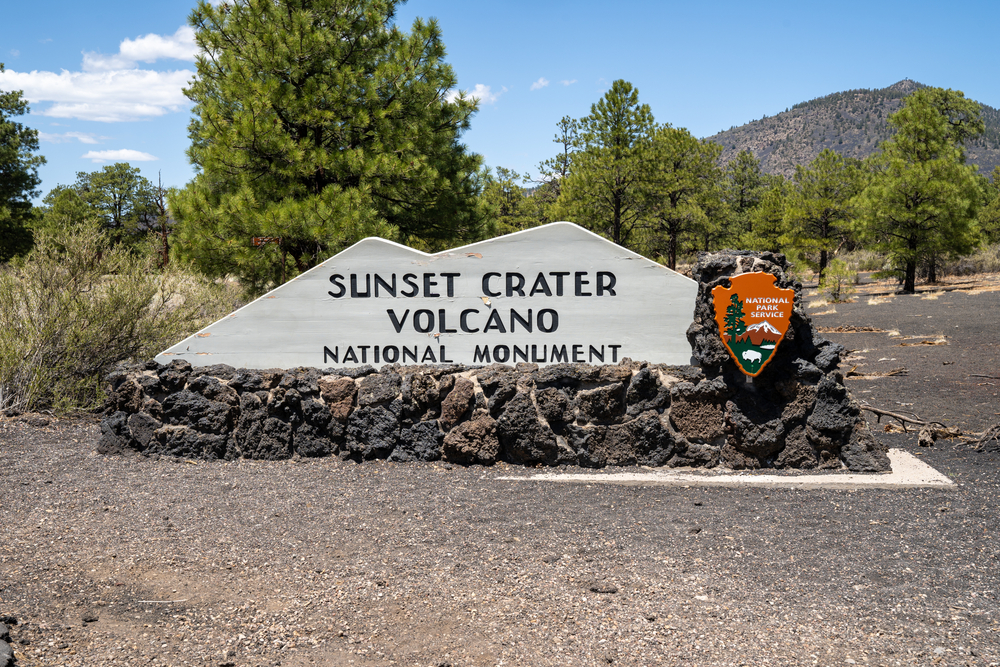
Also near Flagstaff, Arizona, this monument offers unique volcanic landscapes but is frequently bypassed for the Grand Canyon or Sedona, which attract more tourists with their more extensive facilities and scenic vistas.
Canyons of the Ancients National Monument
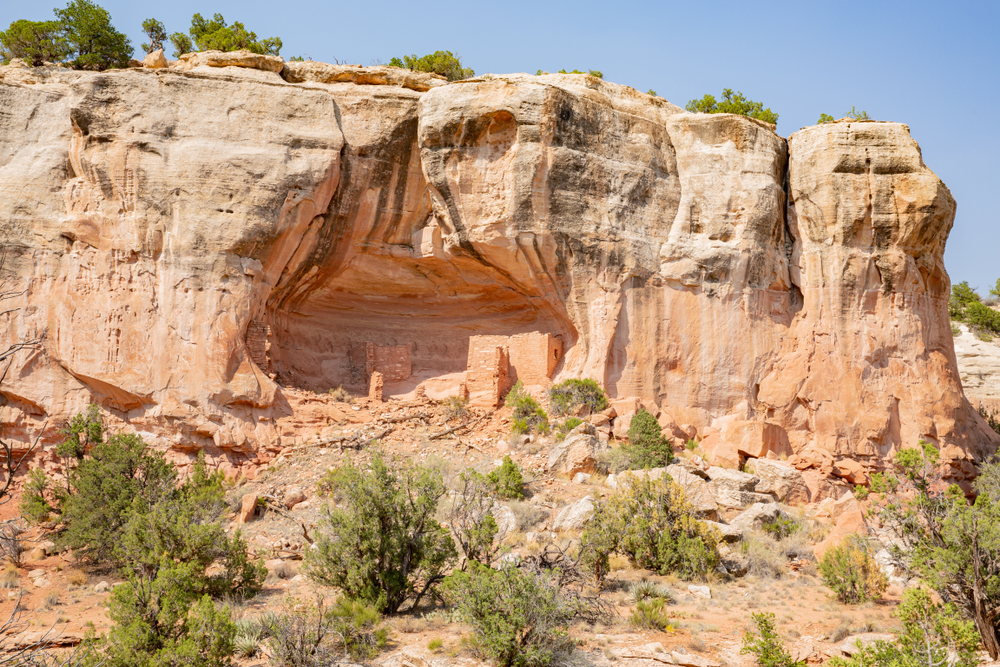
In southwestern Colorado, despite having the highest density of archaeological sites in the United States, it remains overshadowed by Mesa Verde. Its lack of developed facilities and the need for self-guided exploration deter the casual visitor.
Fort Union National Monument
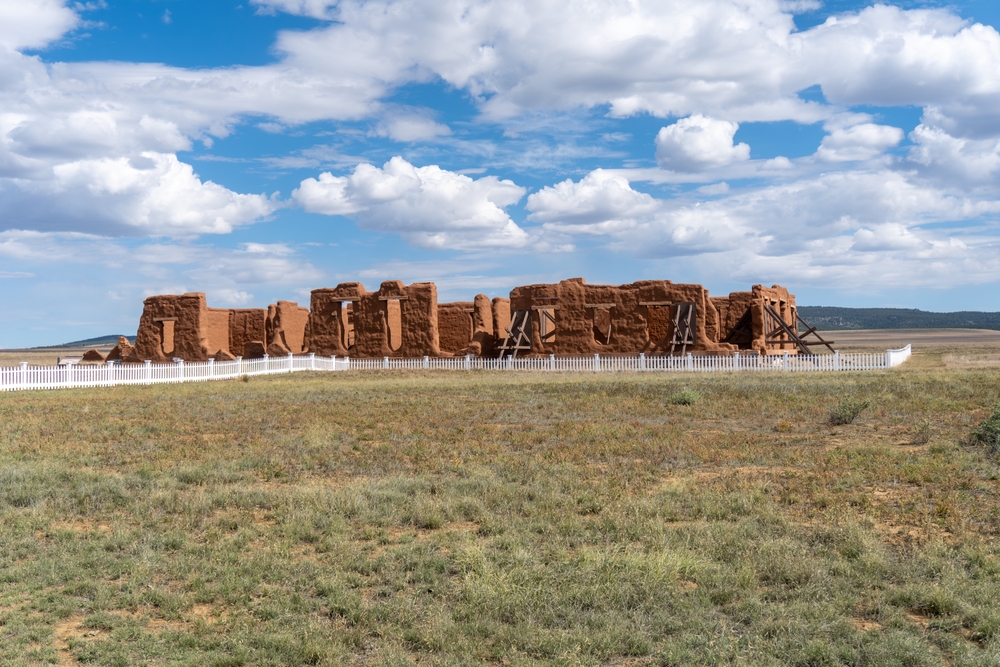
In New Mexico, this site preserves the ruins of a significant 19th-century military fort along the Santa Fe Trail but is often overlooked due to its remote location and the American public’s general preference for either natural scenic attractions or urban cultural experiences.
Buck Island Reef National Monument
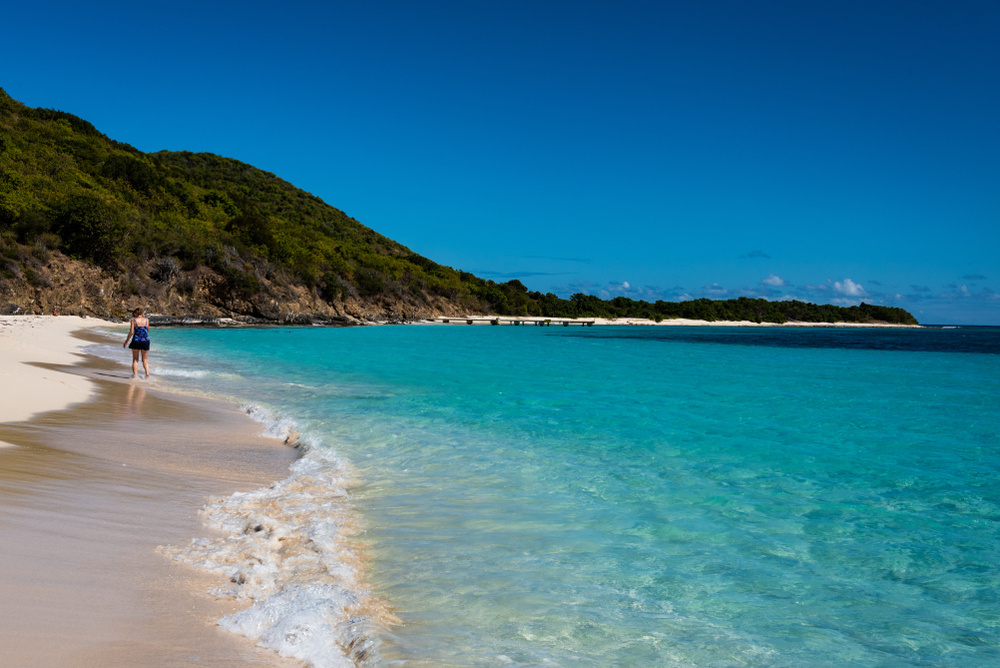
Located off St. Croix in the U.S. Virgin Islands, its stunning coral reefs and marine life are less frequented due to access by boat only and are overshadowed by more accessible Caribbean destinations.
El Malpais National Monument
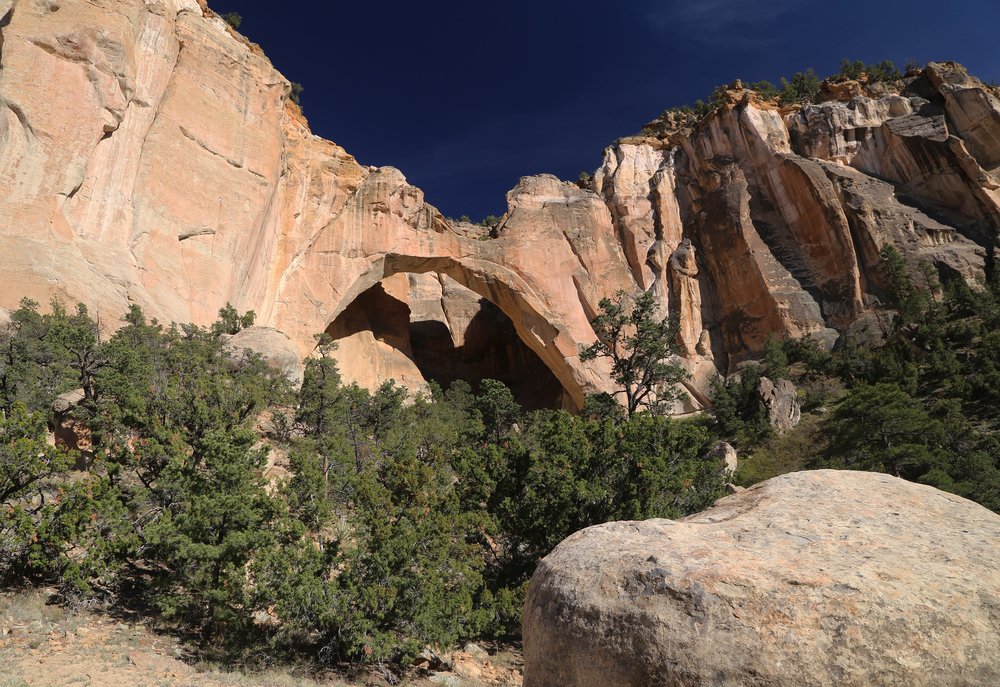
In New Mexico, its vast lava fields and unique geological features are often bypassed for nearby attractions like El Morro and the Petrified Forest National Park. Limited infrastructure and harsh terrain make it less appealing to the general tourist.
Florissant Fossil Beds National Monument
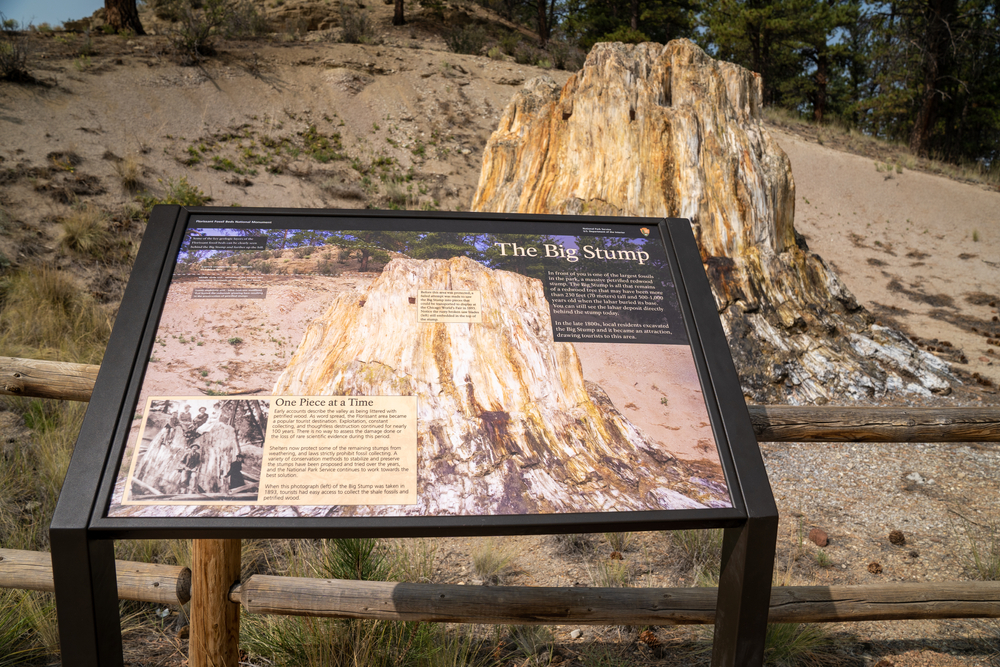
In Colorado, this monument’s rich paleontological sites and petrified redwood stumps are often overlooked due to the proximity of more famous Colorado attractions. Its niche appeals primarily to those interested in paleontology reduces its visitor numbers.
Organ Pipe Cactus National Monument
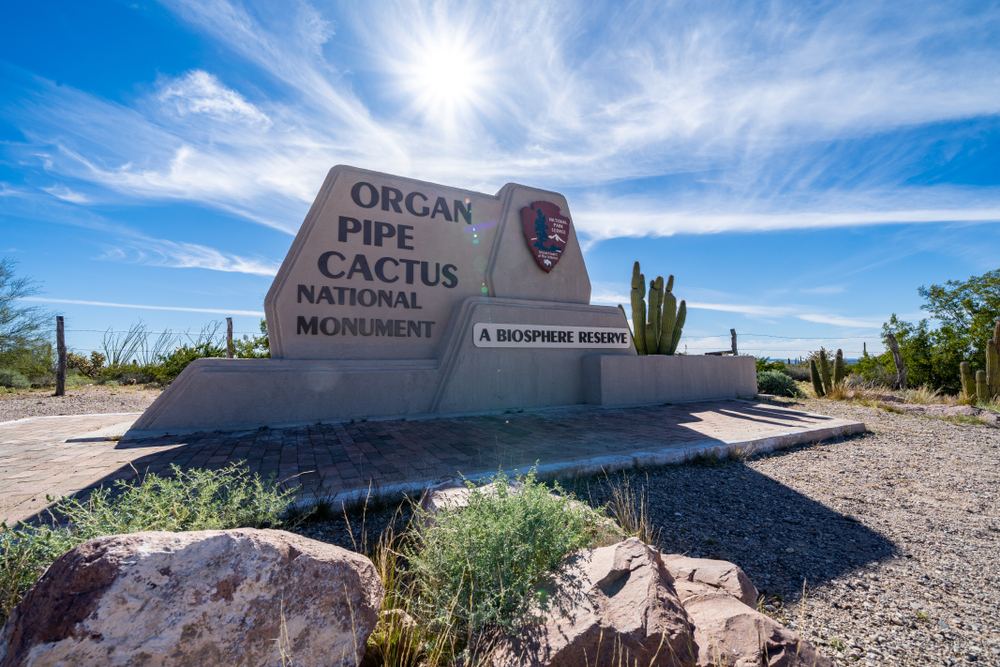
On the Arizona-Mexico border, this monument’s unique desert landscape and cactus varieties are less visited due to its remote location and the harsh desert environment, making it less accessible and appealing to casual tourists.
Yucca House National Monument
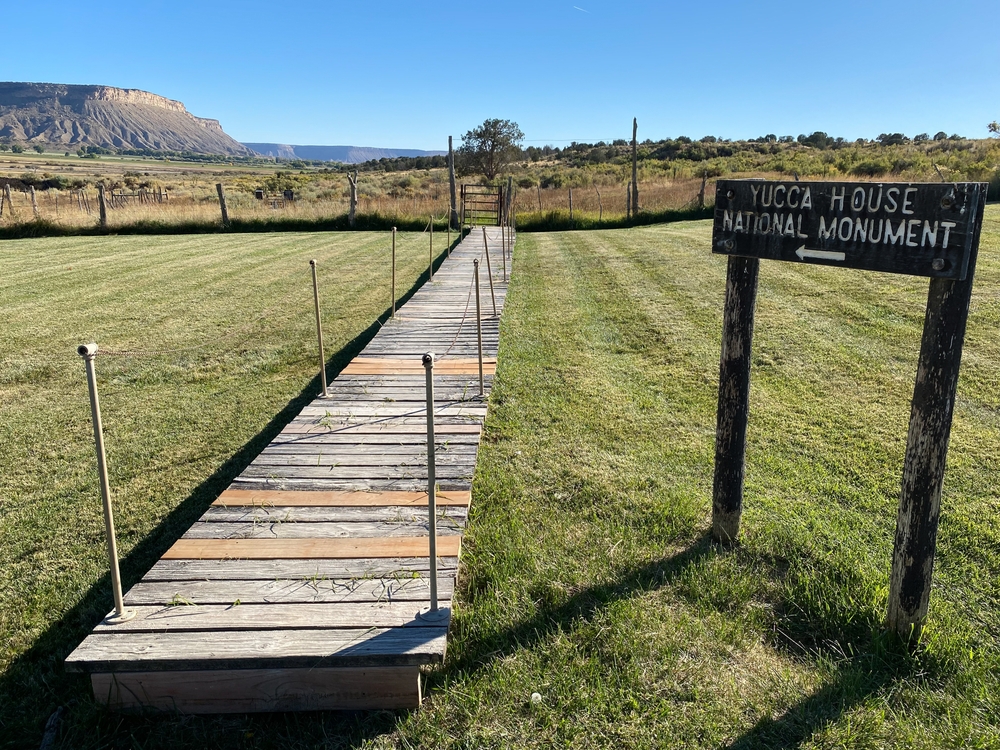
In Colorado, this unexcavated Ancestral Puebloan site is often overlooked because of its lack of facilities and signage, and the need for self-guided exploration which deters less adventurous visitors.
Oregon Caves National Monument
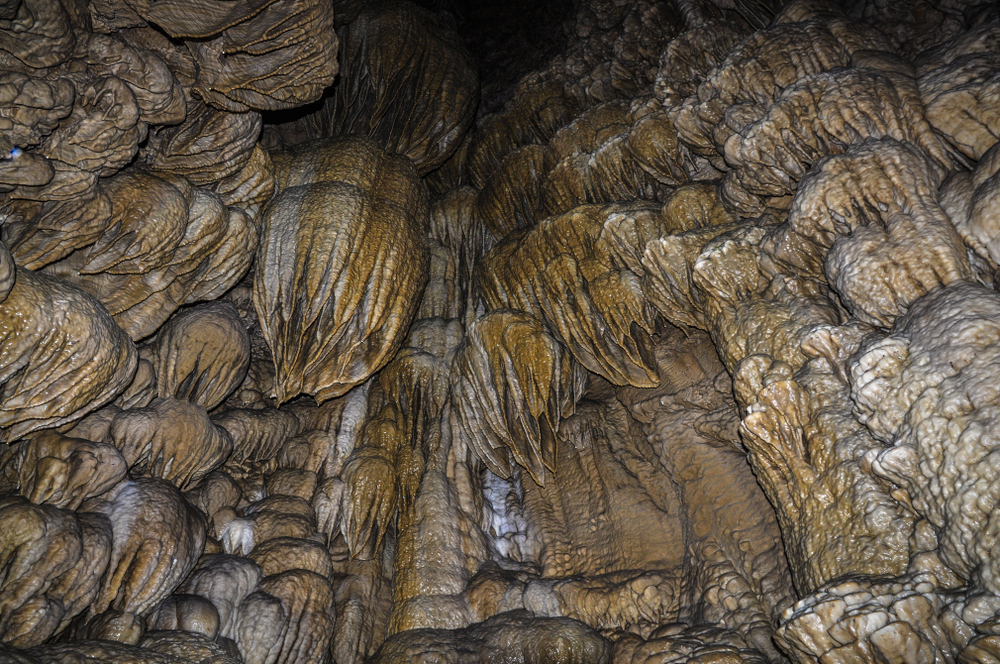
Located in southern Oregon, its beautiful cave formations and forested landscape are often overshadowed by the more accessible and well-known Crater Lake National Park nearby.
Russell Cave National Monument
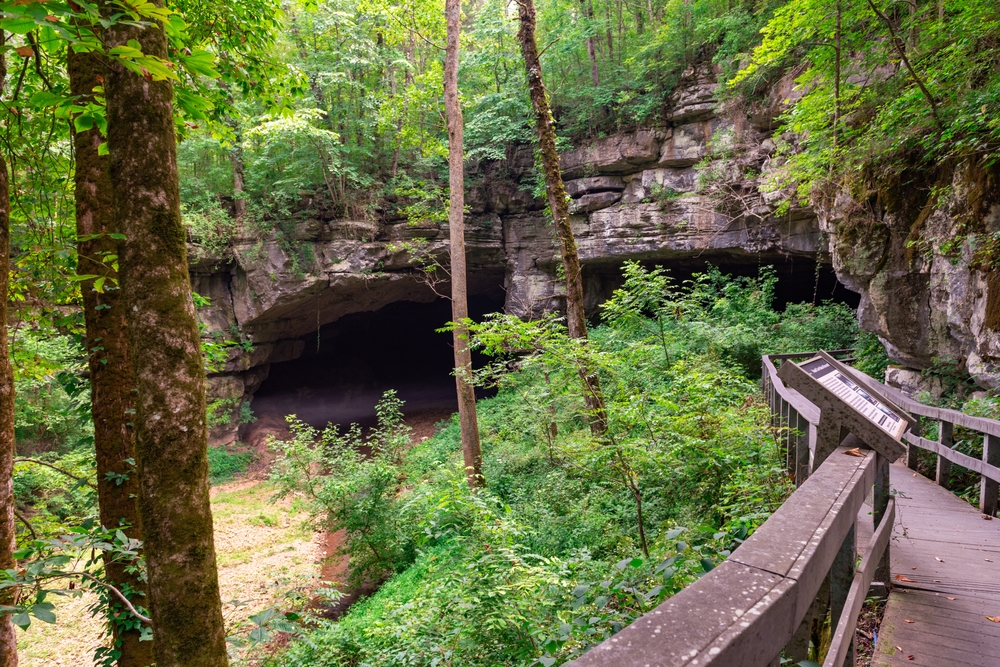
In Alabama, this archaeological site offers a record of human habitation over 10,000 years but is frequently overlooked due to its small size and the regional focus on more dramatic landscapes or historical sites.
Grand Portage National Monument
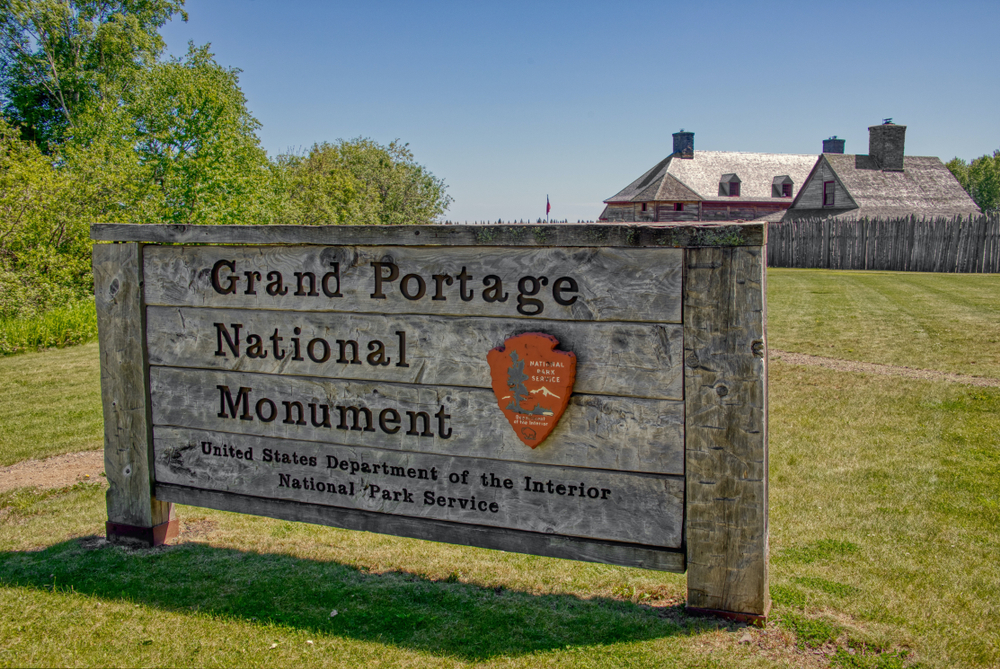
Located in Minnesota, this monument preserves a vital part of fur trade history and Ojibwe heritage. It is overlooked due to its location far from major urban centers and the niche interest in fur trade history, which appeals to a specific audience rather than the general tourist.
Scotts Bluff National Monument
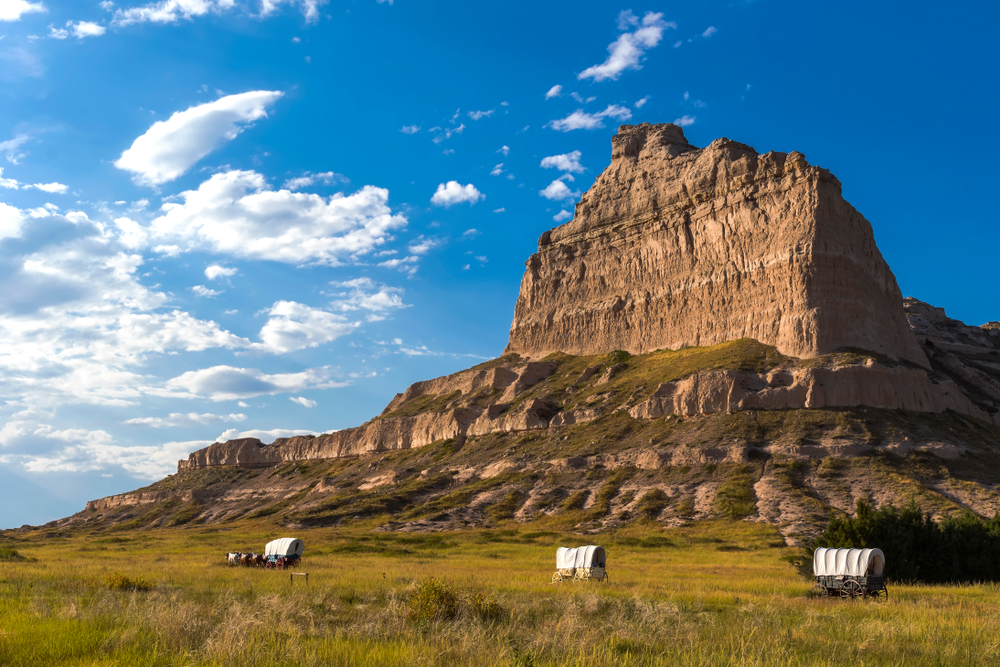
In western Nebraska, Scotts Bluff serves as a significant landmark on the Oregon Trail. Its overshadowing occurs because of the region’s low population density and the public’s greater interest in either more dramatic landscapes or urban-based attractions.
Agate Fossil Beds National Monument

Also in Nebraska, this site is significant for its well-preserved Miocene fossils. It remains underappreciated because of its remote location and the specialized nature of its appeal, primarily attracting those with an interest in paleontology.
Cabrillo National Monument
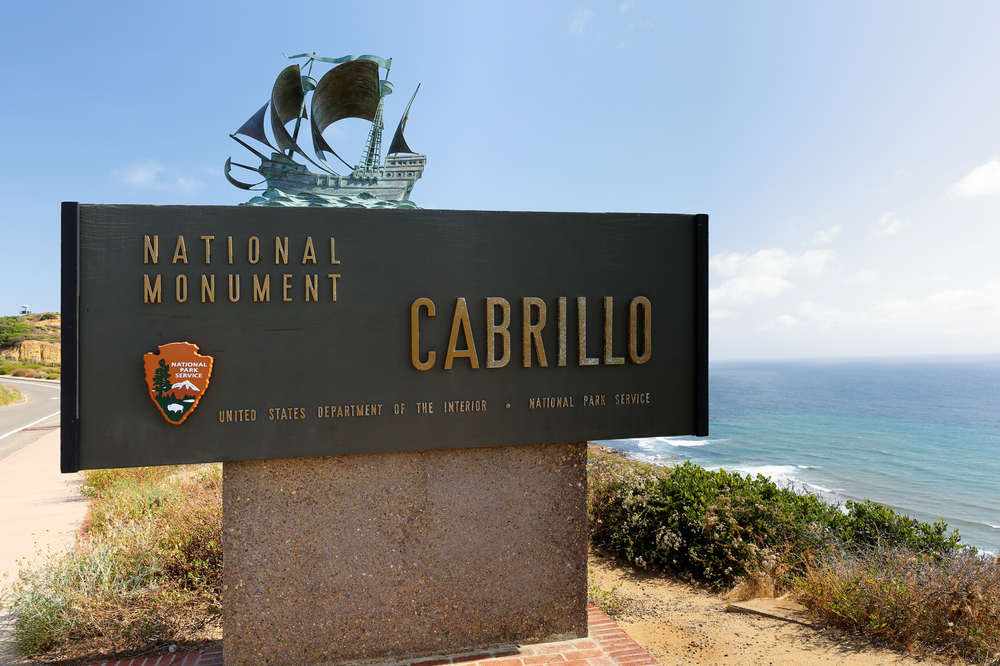
In San Diego, California, despite offering stunning views and a rich history of European exploration, Cabrillo is often overshadowed by the numerous other tourist attractions in the San Diego area, including beaches, parks, and urban cultural sites.
Wupatki National Monument
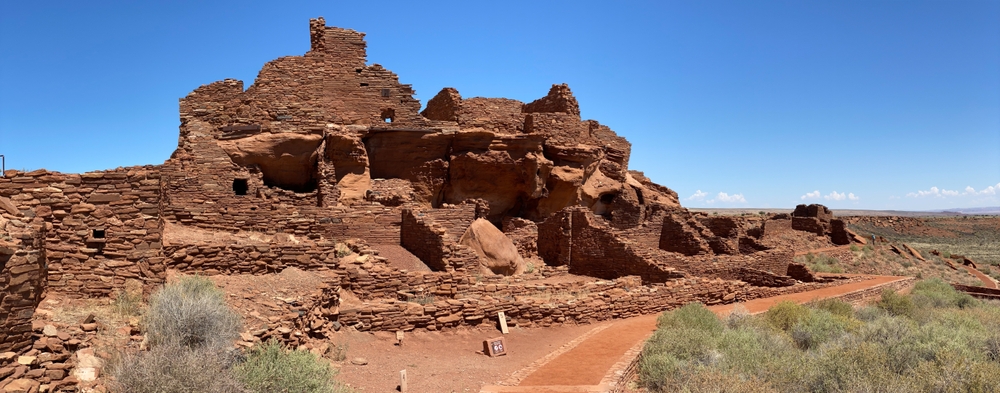
Near Flagstaff, Arizona, Wupatki preserves ancient pueblos and is a testament to the ingenuity of Native American cultures. It is less visited due to the proximity of the Grand Canyon, which draws the majority of regional tourist attention.
Bandelier National Monument
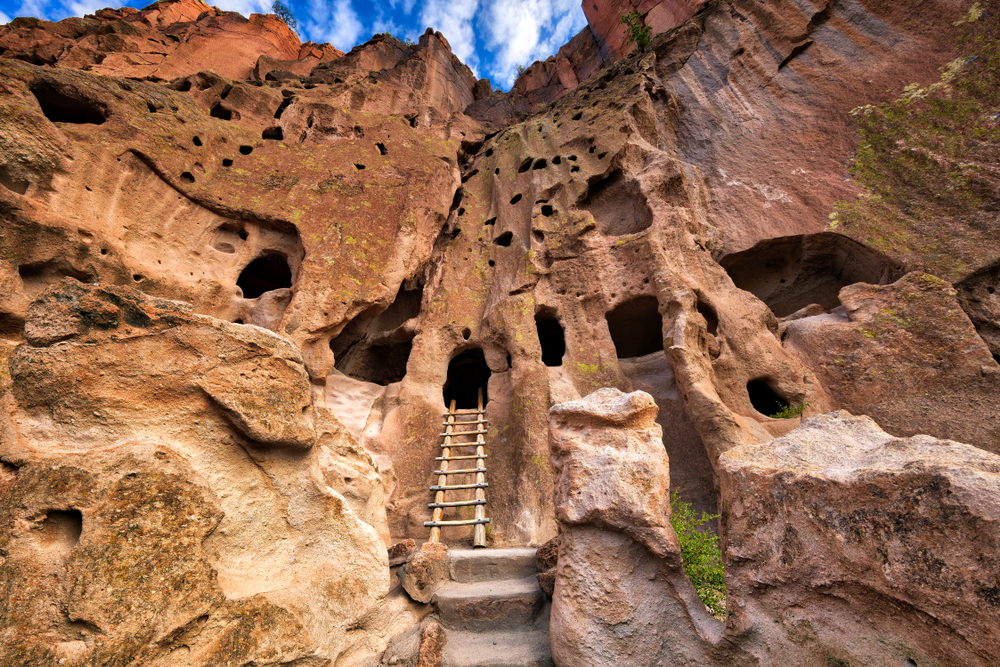
In New Mexico, Bandelier’s ancestral Puebloan ruins and beautiful landscapes are often overlooked due to competition with nearby Santa Fe and Los Alamos attractions, despite its rich archaeological and natural significance.
This article originally appeared on UnifyCosmos.
More from UnifyCosmos
20 Skincare Products Dermatologists Use Themselves

Explore the skincare essentials dermatologists rely on for their personal routines in this article. Discover the top picks of these experts, from potent serums to gentle cleansers, offering insights into achieving healthy, radiant skin. Read More
20 Myths About Animals That Many People Think Are True

From ancient folklore to modern misconceptions, myths about animals have woven their way through cultures worldwide, often blurring the lines between fact and fiction. In this article, we’ll debunk some of the most persistent animal myths that continue to captivate and mislead the public, shedding light on the truth behind these fascinating creatures. Read More
17 Action Films with Great Love Stories

In this special feature, we’re diving into the heart-pounding realm of 17 action-packed films where bullets fly and hearts flutter in equal measure. These movies aren’t just about high-speed chases and explosive showdowns; they’re also about the beating hearts behind the gun smoke, the passionate embrace after narrow escapes, and the electric chemistry that sizzles even in the midst of chaos. Read More
Leave a Reply